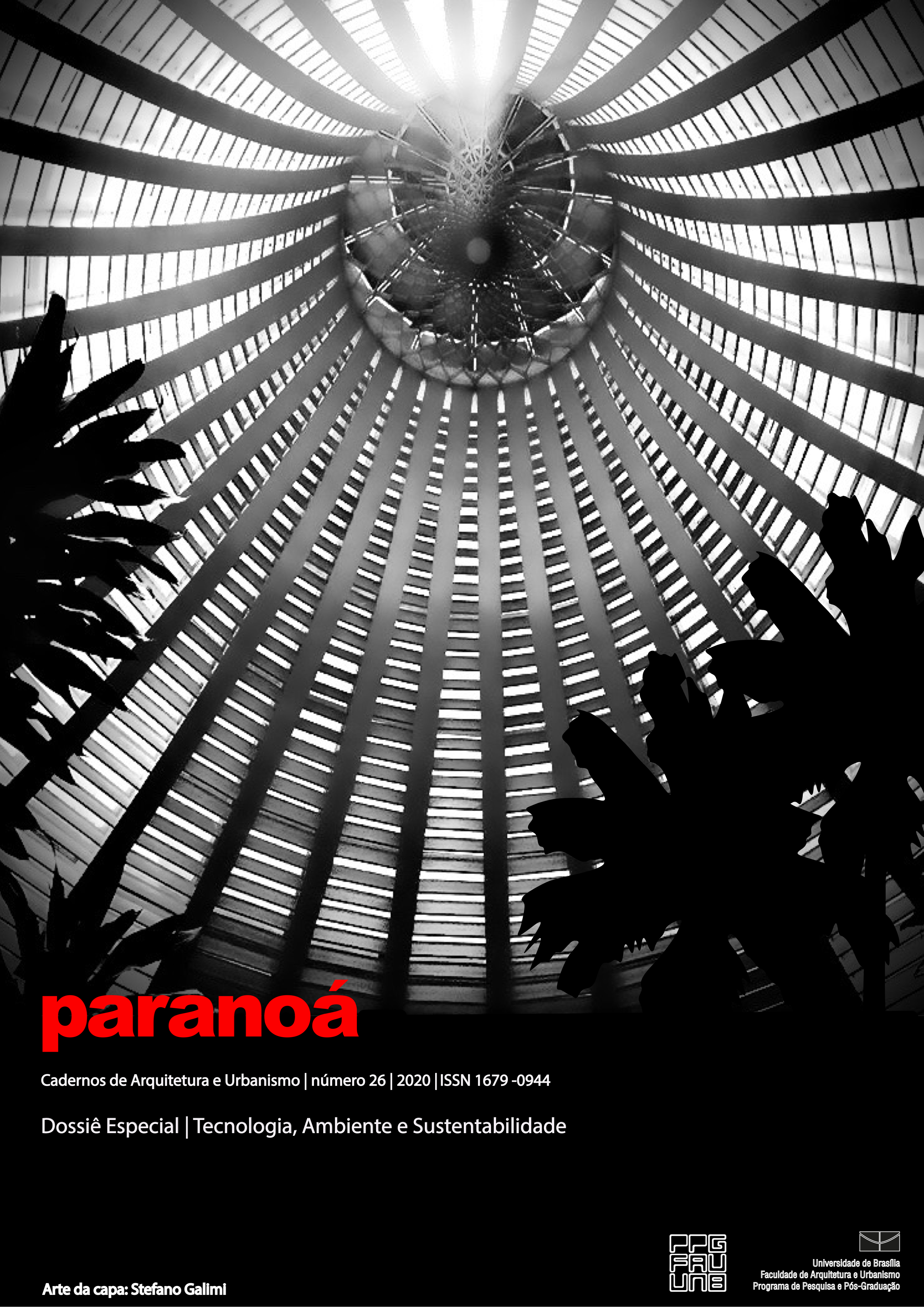Study of Physical and Hydraulic Characteristics of Permeable Concrete with Rcd
DOI:
https://doi.org/10.18830/issn.1679-0944.n26.2020.14Keywords:
Porous Concrete; Permeable Concrete; Construction and Demolition WasteAbstract
The construction industry is important for the country's economic and social growth. However, the environmental impact caused is huge, because of the consumption of natural resources and the generation of waste. With cities growing more and more, it is increasingly difficult to have a space for the correct destination of this waste. Looking for a way to mitigate the problem of waste and flooding, this work proposes a pervious concrete with construction and demolition waste. Pervious concretes were produced varying the mortar contents by 35% and 40% and the substitution of aggregates for CDW by 15% and 30%. Compressive strength, voids index, absorption, density and permeability tests were performed. The results of the tests showed that the resistance reduction can be 23% when replacing 15% of the natural aggregate with recycled aggregate, but even with this reduction it is possible to reach the resistances greater than 20 MPa. The replacement of the aggregates resulted in gains of 78% in permeability.
Downloads
References
ABNT - Associação Brasileira de Normas Técnicas. NBR 5739 - Concreto - Ensaios de compressão de corpos-de-prova cilíndricos. ABNT, Rio de Janeiro, 2018.
___. NBR 9778 - Argamassa e concreto endurecidos - Determinação da absorção de água, índice de vazios e massa específica. ABNT, Rio de Janeiro, 2009.
___. NBR 16416 ”“ Pavimentos permeáveis de concreto ”“ Requisitos e procedimentos. ABNT, Rio de Janeiro. 2015.
ABRELPE - Associação Brasileira de Empresas de Limpeza Pública e Resíduos Especiais. Panorama dos Resíduos Sólidos no Brasil 2018/2019. São Paulo, 2019
CONAMA ”“ Conselho Nacional do Meio Ambiente. Resolução Nº 307, de 5 de julho de 2002. Conselho Nacional do Meio Ambiente, Ministério das Cidades, Secretária Nacional da Habitação. Publicada no Diário Oficial da União em 17/07/02.
FERGUSON, B. K. Porous Pavements. Florida, Estados Unidos: CRC Press, 2005. 577p.
HANSEN, T. C. Recycling of demolished concrete and masonry. London: Chapman & Hall, 1992, 316p. Part one: Recycled aggregates and recycled aggregate concrete, p. 1-160. (RILEM TC Report 6).
NEITHALATH, N; WEISS, W.J.; OLEK, J. Development of quiet and durable porous portland cement concrete paving materials. Final report, The Institute for Safe, Quiet and Durable Highways, p.179, 2003.
OLIVIER, Jos G. J.; JANSSENS-MAENHOUT, Greet; MUNTEAN, Marilena; PETERS, Jeroen A. H. W. Trends in global CO2 emissions: 2016 Report. PBL Netherlands Environmental Assessment Agency, Haia, 2016.
ZHONG, Rui; LENG, Zhen; POON, Chi-sun. Research and application of pervious concrete as a sustainable pavement material: A state-of-the-art and state-of-the practice review. Construction and Buildings Materials, v. 183, p. 544”“553, 2018.
ZHONG, Rui; WILLE, Kay. Compression response of normal and high strength pervious concrete. Construction and Buildings Materials, v. 109, p. 177”“187, 2016.
Downloads
Published
How to Cite
Issue
Section
License
Copyright (c) 2020 Paranoá: journal of Architecture and Urbanism

This work is licensed under a Creative Commons Attribution 4.0 International License.
Autores que publicam nesta revista concordam com os seguintes termos:
- Autores mantém os direitos autorais e concedem à revista o direito de primeira publicação, com o trabalho simultaneamente licenciado sob a Licença Creative Commons Attribution que permite o compartilhamento do trabalho com reconhecimento da autoria e publicação inicial nesta revista. http://creativecommons.org/licenses/by/4.0
- Autores têm autorização para assumir contratos adicionais separadamente, para distribuição não-exclusiva da versão do trabalho publicada nesta revista (ex.: publicar em repositório institucional ou como capítulo de livro), com reconhecimento de autoria e publicação inicial nesta revista.
- Autores têm permissão e são estimulados a publicar e distribuir seu trabalho online (ex.: em repositórios institucionais ou na sua página pessoal) a qualquer ponto antes ou durante o processo editorial, já que isso pode gerar alterações produtivas, bem como aumentar o impacto e a citação do trabalho publicado (Veja O Efeito do Acesso Livre).















